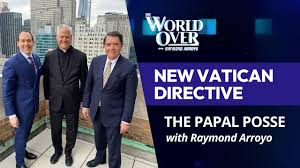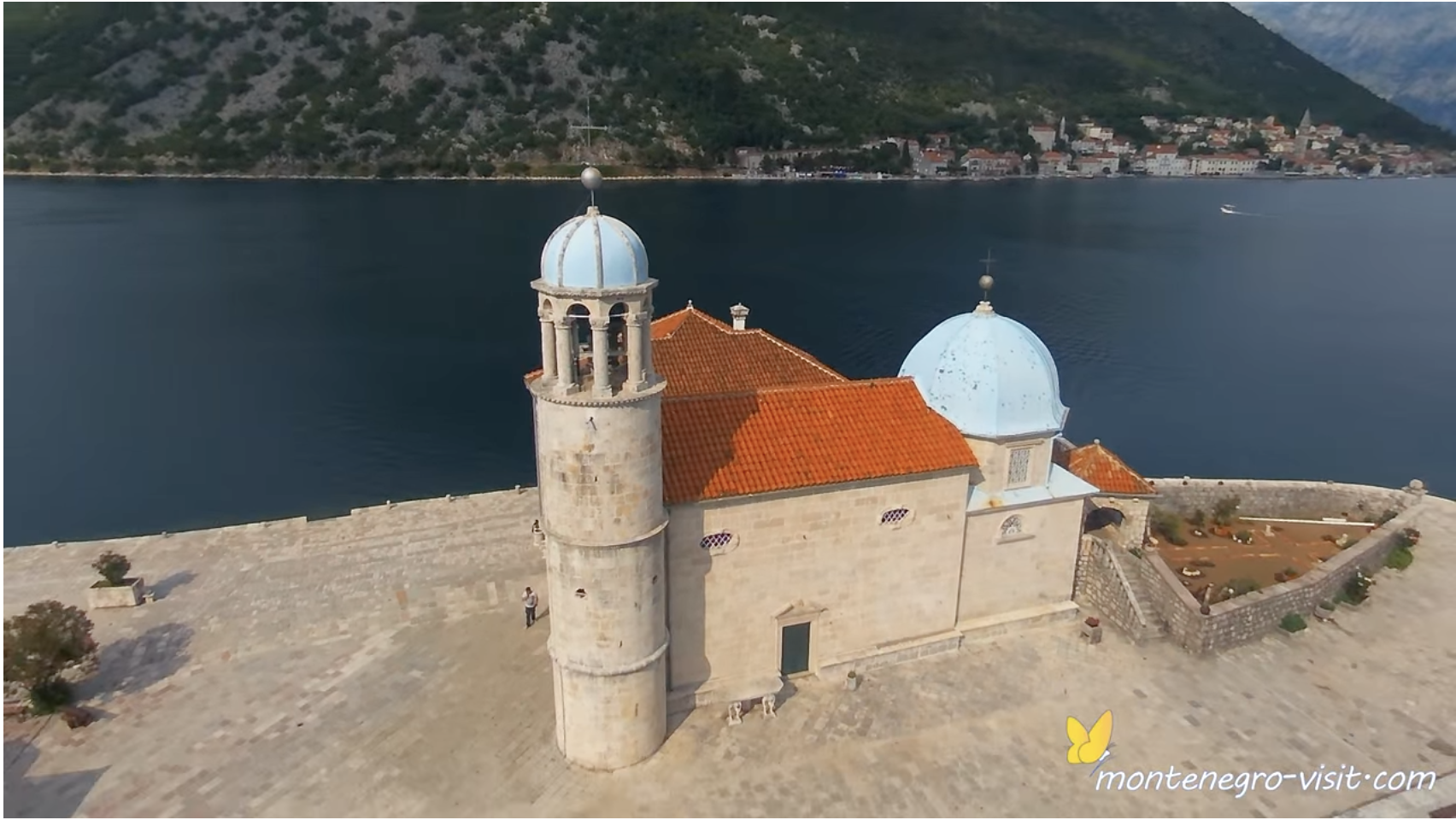Events echo, foreshadow, and explain one another in Scripture. As we enter the forty days of Lent, for example, we remember Christ’s forty days in the wilderness. But even before we get to that, it’s worth recalling another forty-day period, prior to the Presentation in the Temple (which we celebrated a few weeks ago), because it reminds us, among many other things, that Christ’s earthly end is connected with his beginning.
Consider: One day an old man named Simeon stoops and picks up a child, holding him tenderly in his arms. All his life he has been pining for this moment. For it is the time of Israel’s consolation, when Simeon, who represents the people trusting God’s promise, was told that he would not see death until he looked upon the face of the Lord.
And when the day at last arrives, he prophesies, telling the child’s parents that salvation has come to the whole world, revealing the true glory of God’s Chosen People. They are amazed, of course, especially that their child is destined to become “a sign of contradiction,” while “a sword will pierce” his mother.
Look it up in Luke’s Gospel, Chapter Two, where the details – all of them significant – are carefully set down. Given the author’s medical background, the account is, naturally, meticulous. And demands careful attention.
The deacon at my parish, however, reading the Gospel on the last Sunday of the liturgical year, omitted the passage altogether, opting instead for the shorter form – lest the congregation find itself unduly encumbered at having to hear the whole story?
But we can’t leave any of this out because the episode remains pivotal to understanding Jesus’ life. A moment of profound, far-reaching importance, it is altogether crucial to the overall narrative of salvation, as it brings dramatically together two very disparate worlds, at the exact point where the arms of the old man reach out to touch the flesh of the tiny child.

Who, it must be said, is no ordinary child, despite the humanity in which he is clothed. For he is the Son of the living God, the Logos Himself, who has come to earth to ransom a fallen race. The snapshot of that instant in time, a fleeting moment otherwise lost in the great sea of history, is nothing short of a still point, a point of intersection, representing, in the words of Pope Benedict, “the meeting point of the two testaments Old and New.”
It is the place where the longing of Israel, kept alive by the anawim and the prophets for thousands of years, finds its fulfillment in a way that will prove to be as unexpected as it is unsurpassed.
Now Simeon, though he embodies the faith and the hope of Israel, the expression of its messianic dreams, is not the only one there to greet the world’s salvation: “There was also a prophetess, Anna, the daughter of Phanuel, of the tribe of Asher.” Who, we learn, was eighty-four years of age and who had never left the temple: “She worshipped night and day with fasting and prayer.” To what end? The same end that sent Simeon into the temple (indeed, it has been the driving force of both their lives), which is to await the coming of the Lord, whose sudden appearance in the guise of a helpless child will both save and stupefy all who come to know him.
Both are moved by the same Spirit, whose inspiration leads them to this place where, to quote Pope Benedict again, “they find fulfillment of their long waiting and watchfulness. They both contemplate the light of God that comes to illuminate the world and their prophetic gaze is opened to the future in the proclamation of the Messiah ‘Lumen ad revelationem gentium!’” (Lk 2: 32)
And inasmuch as the future belongs to those who show up, Jesus, on the day he shows up, is surely looking for us, too, inheritors of a promise first given to another. Israel, on the strength of her mysterious election in the mind of God, is the springboard, the setting for the story to be told. Pius XI was certainly right in reminding us that “spiritually, we are all Semites.” But the story is now meant for all because the life and death of this child is a light to the nations.
It may be, as another pope, Peter, assures us, that we are spared the burden of the Jewish Law. None of us, however, is spared the burden of its history. The high point of which took place in a temple on the very day an infant was greeted by two old people, who saw in his newly born flesh the unmistakable messianic sign that frees us from burdens far heavier than those of the Law. Christ came to free us from sin and death.
A poem by T.S. Eliot, written shortly after his conversion in 1927, called “A Song For Simeon,” honors the memory of an old and blessed Jew:
Let the Infant, the still unspeaking and unspoken Word,
Grant Israel’s consolation
To one who has eighty years and no to-morrow.
Yes, Simeon will die, but thanks to the grace imparted by the Child whom he has waited all his life to embrace, he will yet live, embraced by the arms of God for all eternity.
And so Luke’s account ends, as does the mission entrusted to Simeon, who remains our older brother, with a petition asking God for permission to die:
Now, Master, you may let your servant go
in peace, according to your word,
for my eyes have seen your salvation,
which you prepared in sight of all the peoples,
a light for revelation to the Gentiles,
and glory for your people Israel.
Let us pray in this season of Lent that our own lives end that way, holding the Christ Child in our arms, while the Father holds us in His.
*Image: Presentation in the Temple by Giotto, c. 1305 [Cappella degli Scrovegni (Arena Chapel), Padua]














